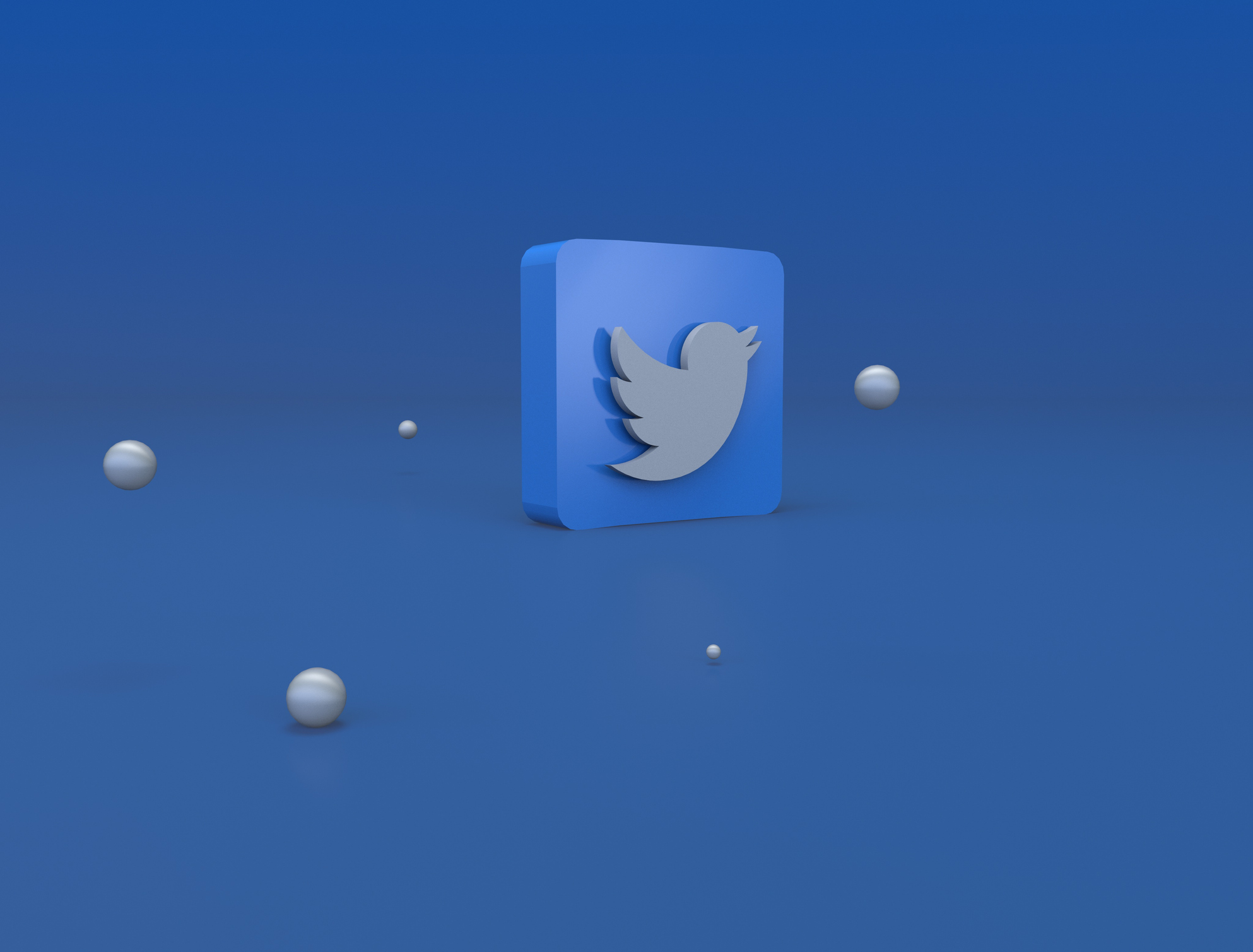Now that billionaire Elon Musk has taken over Twitter, many users are planning to leave the site as anticipated changes could lead to a rise in the spread of misinformation, harassment and hate speech. But before disabling your account, or if you intend on waiting to see how the new management affects content, there are steps you can take to minimize any potential privacy risks.
According to a recent Washington Post Help Desk report, by default Twitter saves your tweets, likes, DMs (direct messages), and lists of your followers and those you follow. If you initially granted access, it also has information about all your contacts from your phone’s address book and the details of ads you’ve clicked.
If you are considering leaving Twitter, you can back up your old tweets in the settings by accessing Your Account, then Download an Archive of Your Data and saving the information as a zip file. Once backed up, you can delete your past tweets to minimize access the site has to your data. A third-party tool for deleting in bulk can speed up the process. Although your data will no longer be publicly available, how long it is saved and accessible by Twitter is unclear.
If you are ready to cut the cord completely, you can delete your account in the settings. A 30-day waiting period will allow you to reactivate the account, should you change your mind. After that time, Twitter claims it will remove your data from its systems. It would be best if you also stopped using Twitter DMs – although you can delete individual messages from your account, messages will continue to be visible to the other parties in the conversation.
Twitter users can also avoid scammers and bots by switching on the Quality Filter in Settings, under Notifications and by clicking on Muted Notifications to silence notifications from all people who have not confirmed their email and phone number. You can also block a user that is sketchy or harassing you by clicking on the three dots next to their profile or on one of their tweets and selecting Block@User.
Whether or not you have decided to leave Twitter now, or wait and see how things unfold, it’s important to fact-check information and follow reputable news organizations. There are also many other platforms to explore such as LinkedIn to connect with others in your profession or job hunt. Or you may consider joining Facebook groups to stay updated on local emergencies, check out Mastodon for groups with common interests, or visit TikTok or YouTube. People who formerly used Twitter frequently may find with so much time freed up, they enjoy reading actual books again and suffer from less doom-scrolling anxiety.






Add Your Voice
0 Comments
Join the Discussion